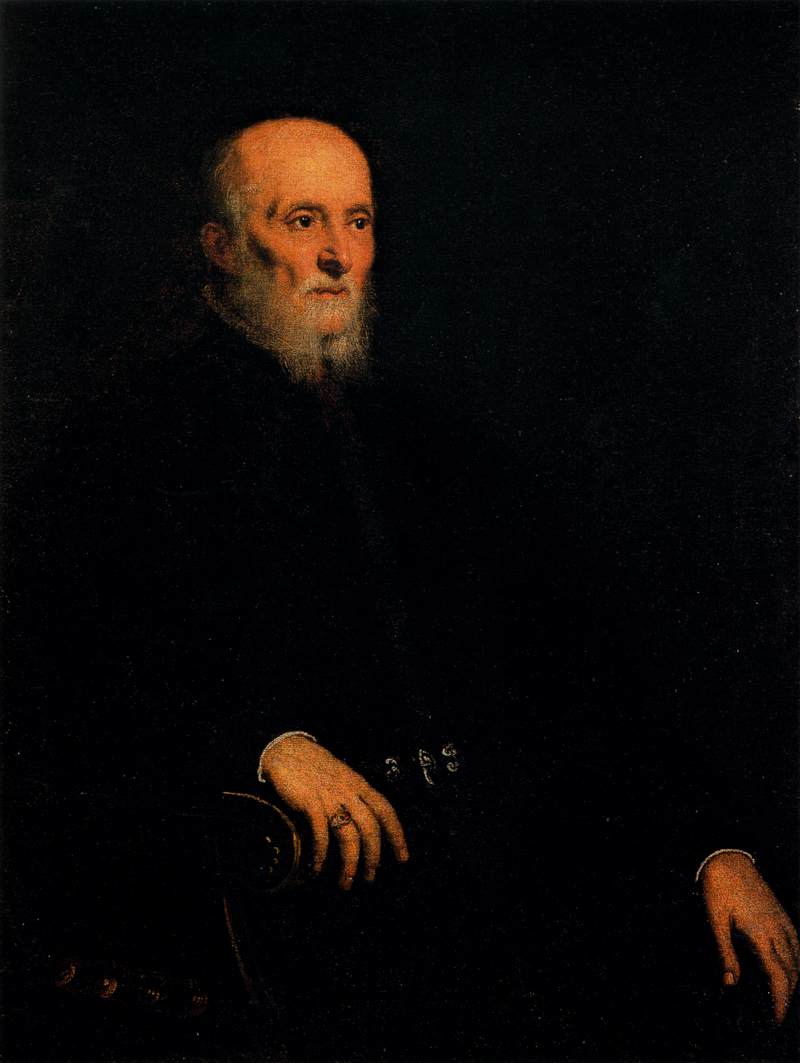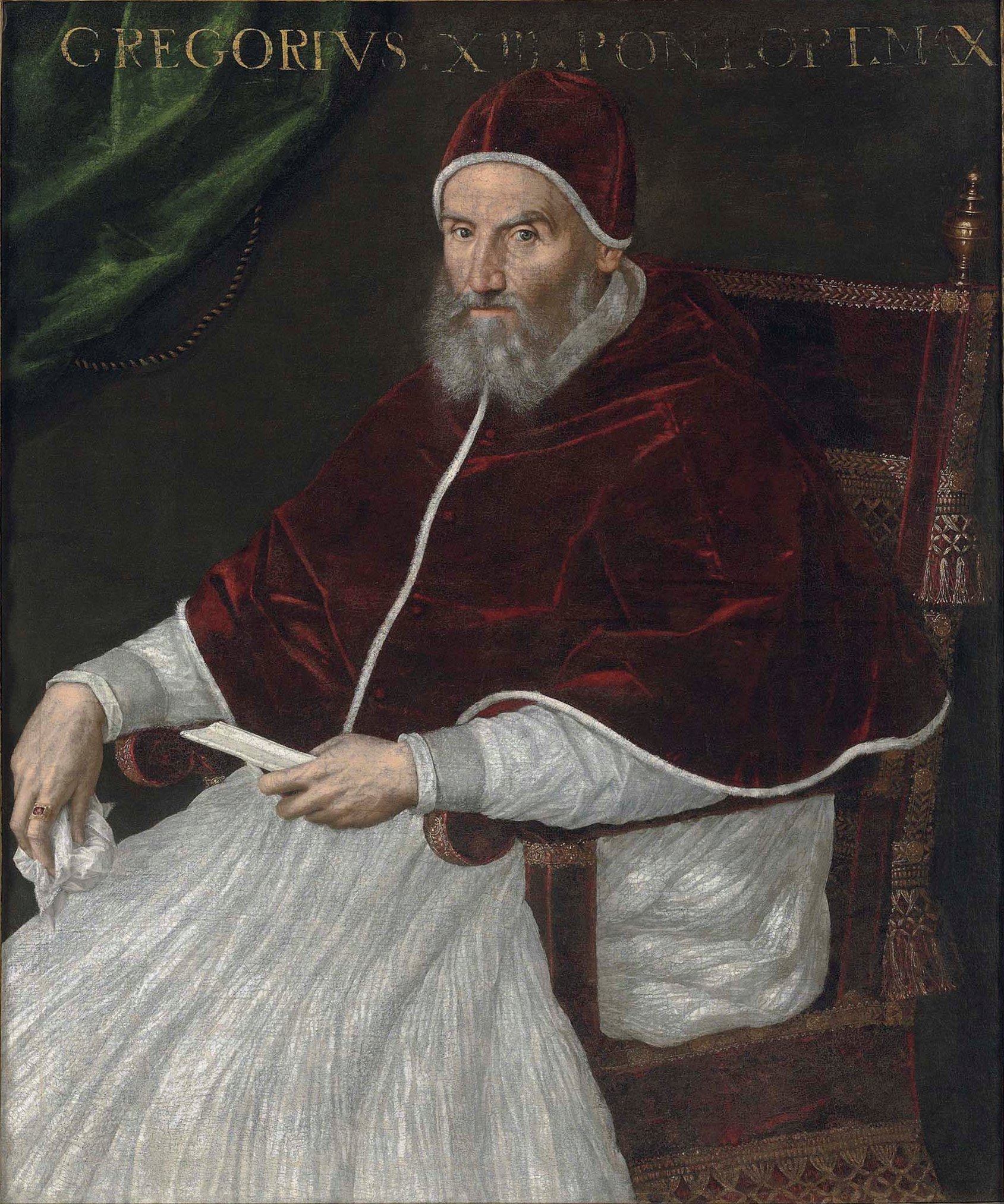|
Tommaso Sperandio Corbelli
Tommaso Sperandio Corbelli (died 1590) was a Roman Catholic prelate who served as Bishop of Bagnoregio (1581–1590) and Bishop of Trogir (1567–1574). ''(in Latin)''"Bishop Tommaso Sperandio Corbelli" '' Catholic-Hierarchy.org''. David M. Cheney. Retrieved February 29, 2016 Biography On 18 April 1567, Tommaso Sperandio Corbelli was appointed during the papacy of as |
Catholic Church
The Catholic Church, also known as the Roman Catholic Church, is the largest Christian church, with 1.3 billion baptized Catholics worldwide . It is among the world's oldest and largest international institutions, and has played a prominent role in the history and development of Western civilization. O'Collins, p. v (preface). The church consists of 24 ''sui iuris'' churches, including the Latin Church and 23 Eastern Catholic Churches, which comprise almost 3,500 dioceses and eparchies located around the world. The pope, who is the bishop of Rome, is the chief pastor of the church. The bishopric of Rome, known as the Holy See, is the central governing authority of the church. The administrative body of the Holy See, the Roman Curia, has its principal offices in Vatican City, a small enclave of the Italian city of Rome, of which the pope is head of state. The core beliefs of Catholicism are found in the Nicene Creed. The Catholic Church teaches that it ... [...More Info...] [...Related Items...] OR: [Wikipedia] [Google] [Baidu] |
Giovanni Delfino (bishop Of Brescia)
Giovanni Delfino (30 May 1529 – 1 May 1584) was a Roman Catholic prelate who served as Bishop of Brescia (1579–1584), ''(in Latin)'' Apostolic Nuncio to Emperor (1571–1577), and Bishop of Torcello (1563–1579). ''(in Latin)'' Biography Giovanni Delfino was born in Venice, Italy on 30 May 1529. On 3 January 1563, he was appointed during the papacy of Pope Pius IV as Bishop of Torcello. On 29 May 1571, he was appointed during the papacy of Pope Pius V as Apostolic Nuncio to Emperor, a position he held until December 1577. On 26 August 1579, he was appointed during the papacy of Pope Gregory XIII as Bishop of Brescia. He served as Bishop of Brescia until his death on 1 May 1584in Brescia, Italy. While bishop, he was the principal consecrator of Lambert Gruter, Bishop of Wiener Neustadt (1574) and the principal co-consecrator of Tommaso Sperandio Corbelli, Bishop of Trogir Tragurium, Ancient Latin name of a city in Dalmatia (coastal Croatia), now called Trogir, ... [...More Info...] [...Related Items...] OR: [Wikipedia] [Google] [Baidu] |
Bishops Appointed By Pope Pius V
A bishop is an ordained clergy member who is entrusted with a position of authority and oversight in a religious institution. In Christianity, bishops are normally responsible for the governance of dioceses. The role or office of bishop is called episcopacy. Organizationally, several Christian denominations utilize ecclesiastical structures that call for the position of bishops, while other denominations have dispensed with this office, seeing it as a symbol of power. Bishops have also exercised political authority. Traditionally, bishops claim apostolic succession, a direct historical lineage dating back to the original Twelve Apostles or Saint Paul. The bishops are by doctrine understood as those who possess the full priesthood given by Jesus Christ, and therefore may ordain other clergy, including other bishops. A person ordained as a deacon, priest (i.e. presbyter), and then bishop is understood to hold the fullness of the ministerial priesthood, given responsibility b ... [...More Info...] [...Related Items...] OR: [Wikipedia] [Google] [Baidu] |
16th-century Italian Roman Catholic Bishops
The 16th century begins with the Julian year 1501 ( MDI) and ends with either the Julian or the Gregorian year 1600 ( MDC) (depending on the reckoning used; the Gregorian calendar introduced a lapse of 10 days in October 1582). The 16th century is regarded by historians as the century which saw the rise of Western civilization and the Islamic gunpowder empires. The Renaissance in Italy and Europe saw the emergence of important artists, authors and scientists, and led to the foundation of important subjects which include accounting and political science. Copernicus proposed the heliocentric universe, which was met with strong resistance, and Tycho Brahe refuted the theory of celestial spheres through observational measurement of the 1572 appearance of a Milky Way supernova. These events directly challenged the long-held notion of an immutable universe supported by Ptolemy and Aristotle, and led to major revolutions in astronomy and science. Galileo Galilei became a champi ... [...More Info...] [...Related Items...] OR: [Wikipedia] [Google] [Baidu] |
Antonio Guidi (bishop)
Antonio Guidi (28 October 1927 – 17 October 2013) was an Italian actor and voice actor. Biography Born in Ferrara, Guidi began a career of acting in the 1950s. He originally wanted to become an architect but he did not pursue that vocation. He worked for two years at the Piccolo Teatro in Milan, then he became a stage actor. In addition, he also worked on radio and screen. He made his first ever film appearance in ''The Archangel'' starring Vittorio Gassman and on television, he made his debut on '' I legionari dello spazio''. Guidi was also a professional voice actor. He was the official Italian voice of Peter Ustinov as well as dubbing Peter Falk and Dominic Chianese in most of their work. He was internationally renowned for performing the Italian voice of Lieutenant Colombo (portrayed by Peter Falk) in the last two seasons of ''Columbo'' since the death of Giampiero Albertini in 1991. He also voiced Prince John in the Italian-Language version of the 1973 animated film ''R ... [...More Info...] [...Related Items...] OR: [Wikipedia] [Google] [Baidu] |
Luigi Cornaro
Alvise Cornaro, often Italianised Luigi (1484, 1467 or 1464 gives a birth date of 1467 – 8 May 1566), was a Venetian nobleman and patron of arts, also remembered for his four books of ''Discorsi'' (published 1583–95) about the secrets to living long and well with measure and sobriety. Early life Born in Padua, the son of an innkeeper, who claimed a connection to the noble Cornaro family of Venice, a connection he was at pains to prove, Cornaro expanded a modest stake from his mother's brother into a fortune based on his entrepreneurial skills, especially in hydraulics that reclaimed wetlands for farming, expressed in his ''Tratto di Acque'' ("Tract on Water management") of 1566. Later life As a patron, Cornaro sat to Tintoretto for his portrait and guided the career of the Veronese artist-architect Giovanni Maria Falconetto, whose Loggia and Odeo Cornaro (1524) for Alvise's then suburban garden in Padua was an early Renaissance-style building in the Veneto. As financial ... [...More Info...] [...Related Items...] OR: [Wikipedia] [Google] [Baidu] |
Verifiability
Verify or verification may refer to: General * Verification and validation, in engineering or quality management systems, is the act of reviewing, inspecting or testing, in order to establish and document that a product, service or system meets regulatory or technical standards ** Verification (spaceflight), in the space systems engineering area, covers the processes of qualification and acceptance * Verification theory, philosophical theory relating the meaning of a statement to how it is verified * Third-party verification, use of an independent organization to verify the identity of a customer * Authentication, confirming the truth of an attribute claimed by an entity, such as an identity * Forecast verification, verifying prognostic output from a numerical model * Verifiability (science), a scientific principle * Verification (audit), an auditing process Computing * Punched card verification, a data entry step performed after keypunching on a separate, keyboard-equipped ... [...More Info...] [...Related Items...] OR: [Wikipedia] [Google] [Baidu] |
Pope Gregory XIII
Pope Gregory XIII ( la, Gregorius XIII; it, Gregorio XIII; 7 January 1502 – 10 April 1585), born Ugo Boncompagni, was head of the Catholic Church and ruler of the Papal States from 13 May 1572 to his death in April 1585. He is best known for commissioning and being the namesake for the Gregorian calendar, which remains the internationally accepted civil calendar to this day. Early biography Youth Ugo Boncompagni was born the son of Cristoforo Boncompagni (10 July 1470 – 1546) and of his wife Angela Marescalchi in Bologna, where he studied law and graduated in 1530. He later taught jurisprudence for some years, and his students included notable figures such as Cardinals Alexander Farnese, Reginald Pole and Charles Borromeo. He had an illegitimate son after an affair with Maddalena Fulchini, Giacomo Boncompagni, but before he took holy orders, making him the last Pope to have left issue. Career before papacy At the age of 36 he was summoned to Rome by Pope Paul III ( ... [...More Info...] [...Related Items...] OR: [Wikipedia] [Google] [Baidu] |
Galeazzo Gegald
Galeazzo Gegald or Galeazzo Regardus (fr. ''Gallois de Regard'') was a Roman Catholic prelate who served as Bishop of Bagnoregio (1563-1568). ''(in Latin)'' Biography On 15 October 1563, Galeazzo Gegald was appointed during the papacy of Pope Pius IV as Bishop of Bagnoregio. He served as Bishop of Bagnoregio until his resignation in 1568. Episcopal succession While bishop, he was the principal consecrator of: * Claude de Granier, Bishop of Geneva (1579); and the principal co-consecrator of: *Giuliano de' Medici, Bishop of Béziers (1567); *Tommaso Sperandio Corbelli, Bishop of Trogir (1567); *Andrea Minucci, Archbishop of Zadar (1568); *Vincenzo Ercolano, Bishop of Sarno (1570); *Donato Stampa, Bishop of Nepi e Sutri (1570); *Claude de La Baume, Archbishop of Besançon (1570); *Nicolò Ormanetto, Bishop of Padua (1570); and *Wolfgang Holl Wolfgang is a German male given name traditionally popular in Germany, Austria and Switzerland. The name is a combination of the Old ... [...More Info...] [...Related Items...] OR: [Wikipedia] [Google] [Baidu] |
Roman Catholic Diocese Of Torcello
The Diocese of Torcello or Diocese of Turris (Latin: ''Dioecesis Torcellanus'') was a Roman Catholic diocese located in the town of Torcello in the province of Venice in northeastern Italy. In 1818, it was suppressed to the Patriarchate of Venice."Diocese of Torcello (Turris)" ''''. David M. Cheney. Retrieved February 29, 2016"Titular Episcopal See of Torcello" ''GCatholic.org''. Gabriel Chow. Retrieved February 29, 2016 History *639: Established as D ...[...More Info...] [...Related Items...] OR: [Wikipedia] [Google] [Baidu] |
Roman Catholic Diocese Of Nepi-Sutri
The diocese of Nepi-Sutri was a Roman Catholic ecclesiastical territory in central Italy, created in 1435 by unifying the diocese of Nepi and the diocese of Sutri. It existed until 1986, when it was united into the current diocese of Cività Castellana."Diocese of Nepi e Sutri" ''''. David M. Cheney. Retrieved February 29, 2016"Titular Episcopal See of Nepi" ''GCatholic.org''. Gabriel Chow. Retrieved March 9, 2016 History In the |
Roman Catholic Diocese Of Bagnoregio
The diocese of Bagnoregio is a former Roman Catholic territory, located in the modern Province of Viterbo in the Italian region of Lazio, located about northwest of Rome."Diocese of Bagnoregio (Bagnorea)" ''.'' David M. Cheney. Retrieved February 29, 2016.Titular Episcopal See of Bagnoregio ''GCatholic.org''. Gabriel Chow. Retrieved March 5, 2016. Prior to the creation of the Kingdom of Italy, it belonged to the |
.jpg)



